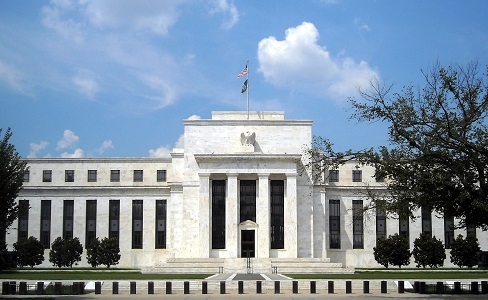Blockchain tech could cut post-trade costs

Blockchain technology could lead to significant cost savings in IT and operations across the capital markets, according to a new study by Euroclear and Oliver Wyman.
The paper by the post trade services specialist and consulting group explores potential of the technology and lays out seven steps towards its adoption.
In short, blockchain is a method of recording and confirming transactions.
Instead of a centralised platform, participants each hold a complete record of transactions through peer to peer verification of transactions.
The technology is likely to present a cheaper alternative to internal costs of operations and IT systems, including capital costs, maintained by banks and other market participants.
Secondly, the fees paid to external providers of services, such as post trade solutions or back-office outsourcing, could be reduced.
Euroclear’s paper suggests IT and operations expenditure in capital markets is currently close to $100-150bn per year among banks.
On top of that, post-trade and securities servicing fees are in the region of $100bn.
“Moving to a market infrastructure built on blockchain will be an enormous undertaking,” says the study.
“It will require huge investment to achieve anything close to the utopia described earlier, both from those creating the infrastructures and tools, and from the participants in the network.”
There are seven suggested steps for the industry to take advantage of the blockchain technology, including work on concrete proofs of concept, industry-wide engagement and prepare the narrative for regulators.
Direct savings from blockchain would need to come from the decommissioning of redundant or duplicative systems, reduced operational overheads and cost-sharing across institutions.
Reducing firms’ financial resource requirements (e.g. by reduced counterparty credit risk) may also help to drive down economic costs of business.
The paper concludes that it is up to major established players in the market to work with innovators to develop standards, while also preserving the existing strengths of the ecosystem.
“In order to work together to shape a new future, the industry needs to take a collective view on the potential of the technology, which was the intention of this study,” said Angus Scott, head of product strategy and innovation, Euroclear.
“The market must embrace this potential, show patience with this development and invest in various innovative solutions to bring it to reality.”
Found this useful?
Take a complimentary trial of the FOW Marketing Intelligence Platform – the comprehensive source of news and analysis across the buy- and sell- side.
Gain access to:
- A single source of in-depth news, insight and analysis across Asset Management, Securities Finance, Custody, Fund Services and Derivatives
- Our interactive database, optimized to enable you to summarise data and build graphs outlining market activity
- Exclusive whitepapers, supplements and industry analysis curated and published by Futures & Options World
- Breaking news, daily and weekly alerts on the markets most relevant to you




